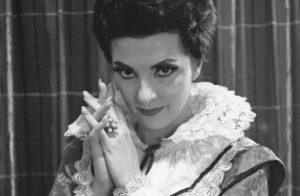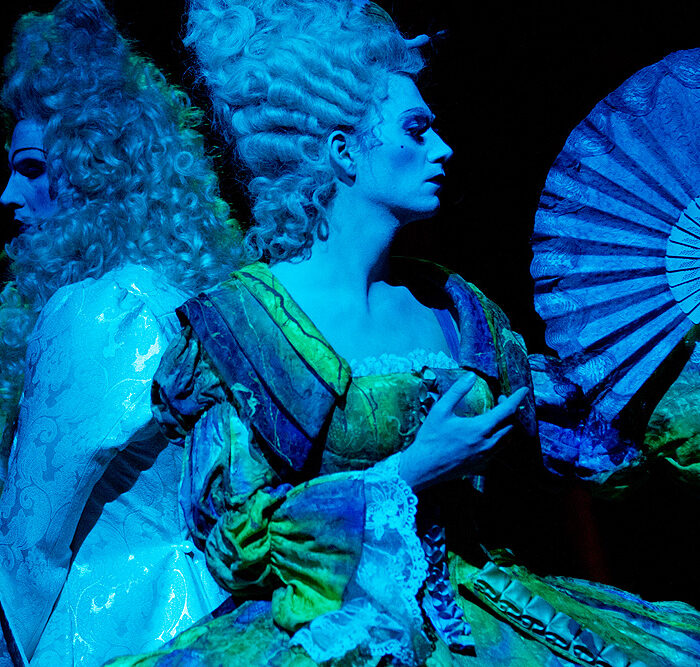
Artist Profile: ‘La Bellissima’ Anna Moffo
By David SalazarAnna Moffo, born on June 27, 1932, enjoyed one of the most varied opera careers in history.
The American-born soprano studied in Italy on a Fulbright Scholarship and would immediately become a TV sensation in her 20s when she appeared on RAI as Cio-Cio San in “Madama Butterfly.” That was followed by more TV productions in “Falstaff” and “La Sonnambula.”
From there, everyone wanted her, including the Festival d’Aix-en-Provence and Herbert Von Karajan, with whom she made her debut recording for EMI in “Falstaff.” In 1957, a year after her appearance on RAI, she was debuting at the Vienna State Opera, Salzburg Festival, La Scala, and the Teatro San Carlo.
Then came America, where she debuted in Chicago in 1957 in “La Bohème.” She also appeared in “Lucia di Lammermoor,” among other roles, earning a 10-minute standing ovation after her mad scene.
Two years later, she was at the Met Opera in “La Traviata.” She performed with the company for 17 seasons, and even had the 1966 production of “Traviata” mounted for her.
She remained popular in Europe (she was voted one of the most beautiful women in Italy, earning her the nickname “La Bellissima”) and appeared on an Italian TV program entitled “The Anna Moffo Show” and appeared in numerous film versions of operas. She also appeared in a number of movies, including “The Weekend Murders” and “The Adventurers” among others. She also appeared on German television during this time period.
However, the heavy workload took a toll on her voice and in the late 1960s, her career as a singer was on a downward spiral from which she would never recover.
Signature Roles
Verdi’s “La Traviata” became her signature role from the moment she appeared as Violetta at the Met. Of a performance she did at La Scala, Corriere Delia Sera noted, that her performance was “exceptionally limpid and impressive.”
She famously recorded the work with Robert Merrill and Richard Tucker. A review of this recording from Gramophone notes that her “portrait of an angry, unjustly sidelined younger woman is intriguingly distinct from the more grande dame portraits to which we’ve become accustomed. Her ability to convey the role dramatically is complete and natural.”
Read More on Anna Moffo
A Look at her Work In the Movies
Watch and Listen
Here is a video production of the opera where her dramatic abilities, both physical and vocal, are on full display.
And here are a plethora of recital recordings of Moffo in a wide range of repertoire.
Categories
Opera Wiki

